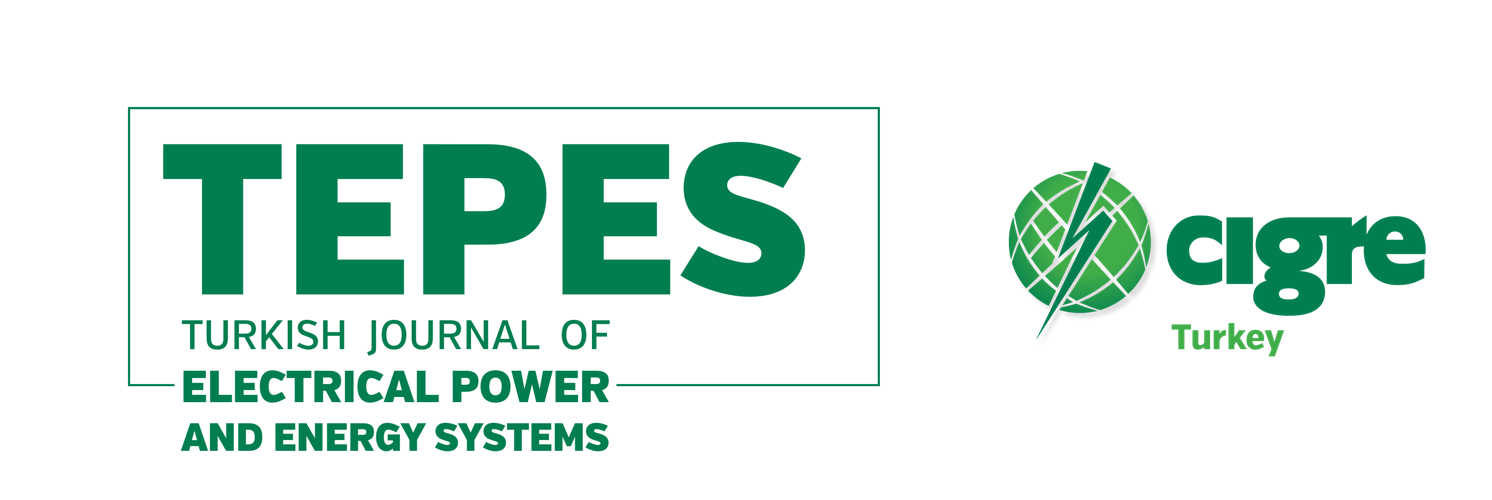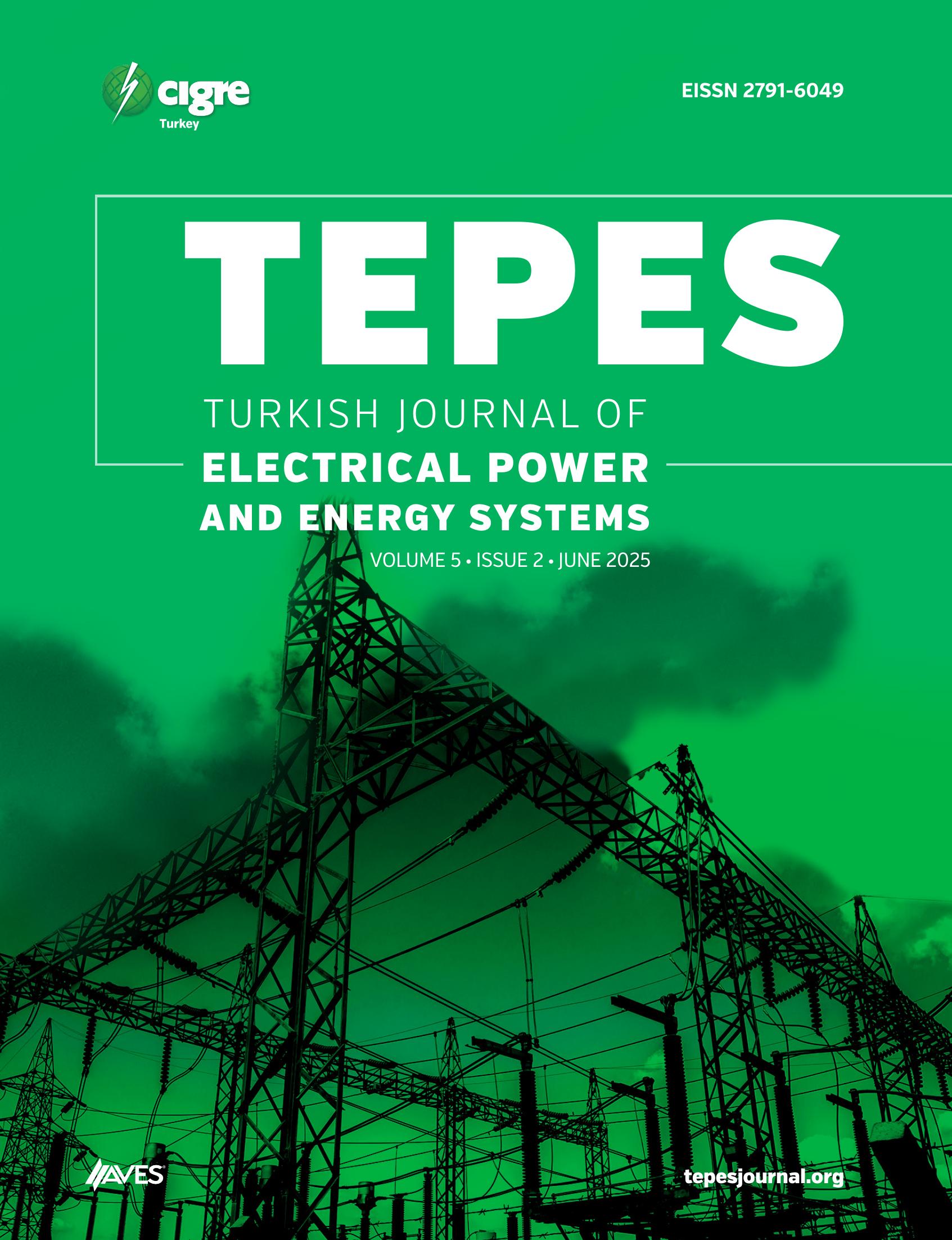This paper investigates the impacts of solar irradiance, ambient temperature, and solar inverter efficiency on the performance of a photovoltaic system. The analysis of the system has been performed on the unbalanced IEEE 13-node test feeder. The loads connected to the feeder are modeled as constant impedance, constant current, constant power (ZIP) loads, and the daily load profiles of three customers (commercial, industrial, and residential) are employed. A daily power flow simulation at 1-minute intervals has been carried out using Open Distribution System Simulator (OpenDSS). The PV system performance has been evaluated using numerical simulations under three weather conditions, namely sunny, semi-cloudy, and overcast. The results show that the PV system generates more power on sunny and semi-cloudy days while the PV output power is very low on an overcast day due to the extremely low solar irradiance. In addition, the energy demand from the substation and the power loss has been reduced with the deployment of the photovoltaic system into the distribution system. Moreover, when the ambient temperature and inverter efficiency are considered, the PV system produced more power in sunny and overcast conditions compared to when these factors are not taken into consideration or assumed the temperature is constant throughout the day. This result shows the effect of the temperature of the selected region on the performance of the PV system. The losses due to the inverter and temperature can be reduced by appropriately sizing the inverter and choosing a proper location with high solar irradiance and low temperature, respectively.
Cite this article as: S. A. Nur and S. Emiroğlu, "Analysis of photovoltaic system in unbalanced distribution systems considering ambient temperature and inverter efficiency," Turk J Electr Power Energy Syst., 2023; 3(2), 82-89.








